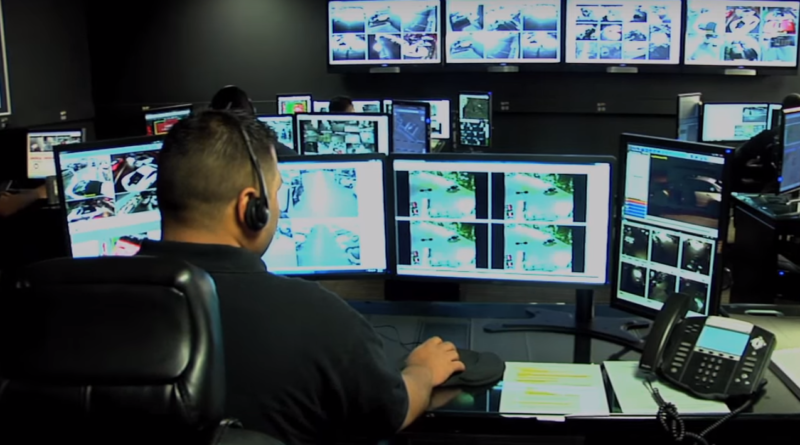Qatar World Cup 2022: A mass surveillance bubble
The Qatar World Cup will be a mass surveillance bubble. 15,000 CCTV cameras, facial recognition, obligatory health apps and drones will be deployed. And it’s all powered by China’s Huawei
The 2022 World Cup is fast approaching and, while Qatar’s record on human rights has been a well-highlighted cause for objection to the Gulf state’s hosting of football’s biggest event, its mass surveillance project should also be of great concern.
The millions who will be attending the tournament between November 20 and December 18 will be subjected to facial recognition, obligatory use of health apps for access to venues and drone surveillance among other intrusive measures.
Thousands of CCTV cameras
Around 15,000 CCTV cameras will be installed in the area that encompasses the eight World Cup stadiums, which will be linked to facial recognition systems.
Government health app
The Qatari government requires all visitors to download its Ehteraz health app to monitor who is allowed to enter most private and public areas. The app displays an individual’s health status and vaccination information, and only those with either a negative test or proof of jab can enter designated areas.
Drones
If that wasn’t enough, people visiting Qatar for the World Cup will be surveilled through the use of drones, monitoring whether there is any crowd trouble inside or outside the stadiums.
It is not clear if these drones will be equipped with facial recognition themselves.
Control center
“Basically we can open a door or all the doors in a stadium right from here,” said Niyas Abdulrahiman, the organisers’ chief technology officer, in reference to the mass of TV monitors in the Khalifa Stadium compound.
Abdulrahiman referred to ground control as “the eyes, ears and awareness of all stadiums at the same time” and that his security team can “control it, put other stadiums at different alert levels, and take the precautionary measures, all simultaneously” should any trouble be seen inside a stadium.
“We have eyes on the ground, we can view all of the 15,000 cameras across the eight stadiums.”
“You can push content onto the video screens in the corridors for any scenario when you want to communicate with the fans,” said Abdulrahiman. Announcements can be made in one or all eight stadiums at the same time.
The future of sporting events
Some may believe that these extreme technological measures are just a one-off due to Qatar’s generally strict rules, yet Abdulrahiman believes this will become the norm for future sporting events.
With such technological infrastructure now normalized, it would be no surprise if such harsh and invasive forms of surveillance become commonplace.
“What you see here is a new standard, a new trend in venue operations, this is our contribution from Qatar to the world of sport. What you see here is the future of stadium operations,” said Abdulrahiman.
Powered by Chinese technology
The network and IT infrastructure provider for the World Cup will be Huawei, according to the Gulf Times. The Chinese Communist Party-linked company also provides 5G, AR, VR, and video technologies to Qatar, as well as facial recognition capability.




